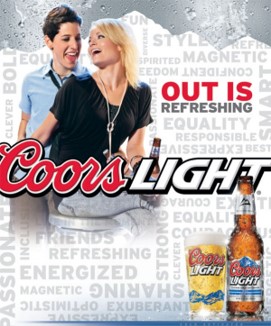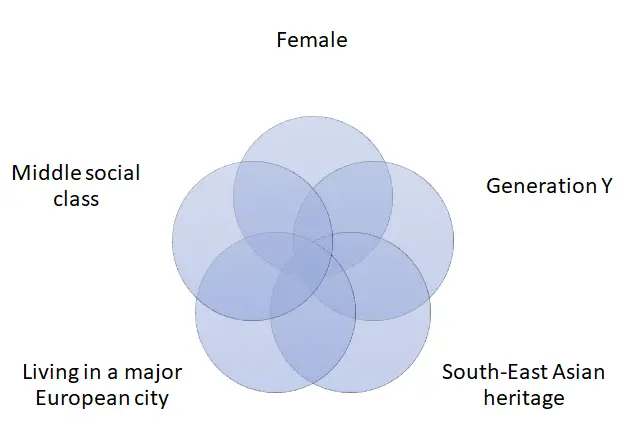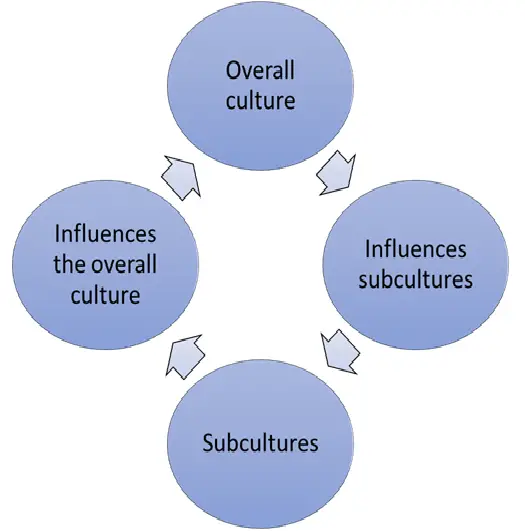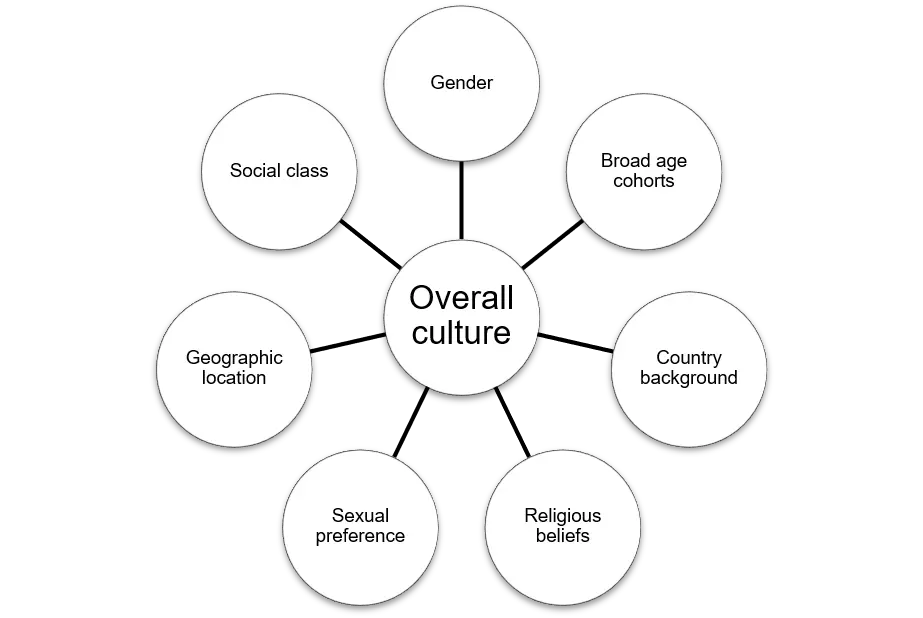One of the key external factors and influences in the study consumer behavior and marketing is culture and subcultures. As indicated by the word, a subculture is a subset of the overall culture.
Let’s firstly check out the definitions of culture and subculture and how they are interrelated.
Contents
What is culture in marketing?
Here are three definitions of culture:
“Culture is the set of basic values, perceptions, wants and behaviors learned by a member of society from family and other important institutions” Kotler
“Culture is the sum total of learned beliefs, values, customs serve to regulate the consumer behavior of members of a particular society” Schiffman
“The basic beliefs and values cherished by society as a whole and handed down from one generation to the next”. Monger
As you can see, these definitions are quite similar, highlighting the culture is LEARNED and influences and directs VALUES and BEHAVIORS of the members of the society (= consumers).
Understanding culture is important in developing marketing activities, as it provides a general sense of understanding of consumers in the market, as well as providing some insight into what is acceptable (or otherwise) behaviors, norms and expectations – which is a great help to marketing communications in particular.
What is a subculture?
A subculture is defined as:
“A subculture is a distinct cultural group that exists as an identifiable segment within a larger, more complex society.” Schiffman
This means that a subculture is a “related” group of people WITHIN an overarching culture, which shares common values and behaviors.
As a result, consumers within subcultures will have a perceived “sense of identity” and follow an “expected” set of behaviors.
Because they have will some unique behavioral characteristics, this means that subcultures can be used for market segmentation purposes and become target markets, for the purpose of developing a suitable marketing strategy.
Examples of Subcultures
The following diagram outlines some common examples of subcultures, which typically include:
- Age cohorts = Baby Boomers, Generation X, Generation Y, etc.
- Gender and sexual preferences and variations
- Country of birth and racial backgrounds = where they were born, born internationally, first-generation, second-generation etc.
- Regional and state/province locations and related lifestyles
- Differing religious beliefs, particularly those that strongly influence behavior and values
- Social class = upper, middle, lower class
For subculture to have a strong influence on the consumer, the consumer needs to identify with, or perceive that they belong to, the subculture. This influence is quite significant if the consumer regularly interacts with others in those communities, as the subculture lifestyle, values and expected behaviors are frequently reinforced.
How can marketers use subcultures? Advertising examples…
Here are some examples of brands targeting subcultures with their promotional messages:

Religious Subculture Example
In this simple example from Burger King, the short copy in the ad “Ramadan Kareem” roughly translates to have a generous Ramadan.
This is supported by the image of mostly eaten burger, which then presents as the crescent moon.
Obviously the ingredients of the burger (the product) needs to be tailored for the target market as well.

Age Cohort Subculture Example
This ad for a fitness center clearly states that there are discounts for members who are 55 years + and implies even greater discounts for people over 70 years.
Like many communications targeting this age cohort, people shown in the ad look relatively “youthful and happy”, thereby appealing to the self-concept of people in this age group who are looking for a suitable fitness center.
But, as discussed below, this tailoring of the marketing mix to a specific age subculture may alienate other target markets.

Example of Targeting a Sexual Orientation Subculture
This ad for Coors Light clearly targets the subculture for a lesbian sexual orientation.
You should note that the various words scattered in the ad are quite positive, and can apply to BOTH the subculture identity and the product benefits as well.
For example, use of the words “energized”, “refreshing”, “expressive” etc. are designed to connect the brand personality of the brand and the self-concept of members of the subculture.

Geographic and Age Subculture Example
The ad for Bud Light is a good example of targeting a regional subculture in their promotional messages.
The added attempts to portray typical consumers in that region, being reflective of clothing and a fun lifestyle and personality.
The consumers betrayed in the ad are young adults, which is also a reflective of an age cohort subculture.
Consumers can Belong to Multiple Subcultures

A consumer may belong to multiple subcultures, not just one as possibly implied by this diagram.
In this example, a consumer might be: female, in Generation Y, born in South-East Asia, now living in a major city Western Europe, and be middle social class – as highlighted.
As a result, this consumer has multiple subculture influences. Clearly, some of these influences will be stronger than others, however that does not reduce the power of using a subculture as a potential target market, where one or two of these subcultures combined could be utilized to form the target segment.
Culture and Subcultures are interrelated
As part of understanding subculture influences, remember that most culturally diverse societies are defined as “societies in which each subculture has its own unique traits but still shares the dominant traits of the overall culture”.
While subcultures are smaller parts of the overall culture with their own distinct behaviors and norms, but they also contribute to the overall culture. This occurs as consumers are members of both the overall culture and of one or more subcultures. Keep in mind that while subcultures are subsets of the overall culture, they are not separate to the overall culture.

The role of cryptic marketing
One of the risks of brands targeting well-defined target markets is that these marketing actions may alienate consumers in the broader culture (not part of the subculture).
This was highlighted in the age cohort focused fitness center ad example discussed above.As suggested, overly targeting one subculture potentially runs the risk of damaging the brand with other target markets and/or subcultures, as they may feel that the brand is no longer for them.
One way of reducing this risk is to use cryptic marketing. Cryptic marketing is defined as a strategy to overcome the restraints in targeting subculture markets via mass media, without backlash from other consumers, while positively influencing subculture consumers through the use of cryptic subculture symbols and cues. Please see this article for more information on cryptic marketing.
To implement cryptic marketing, a brand will communicate using words and symbols that will resonate strongly with the subculture members, but appear relatively meaningless to other consumers.

